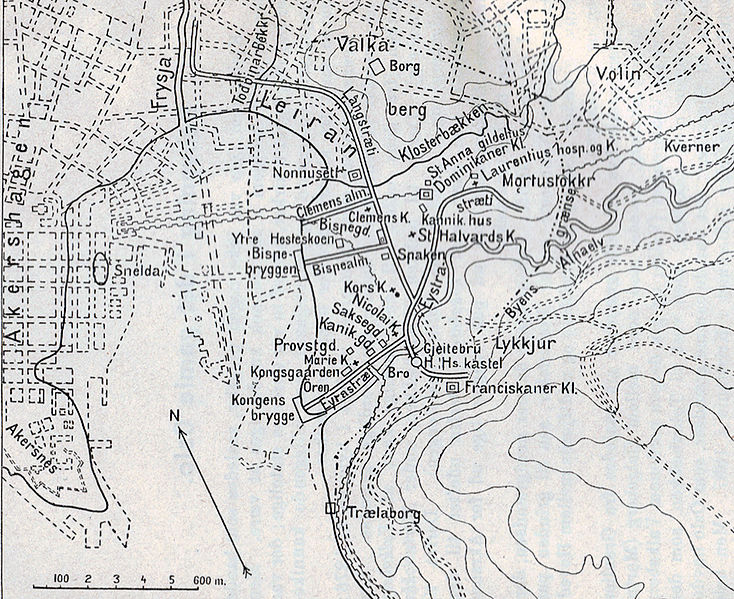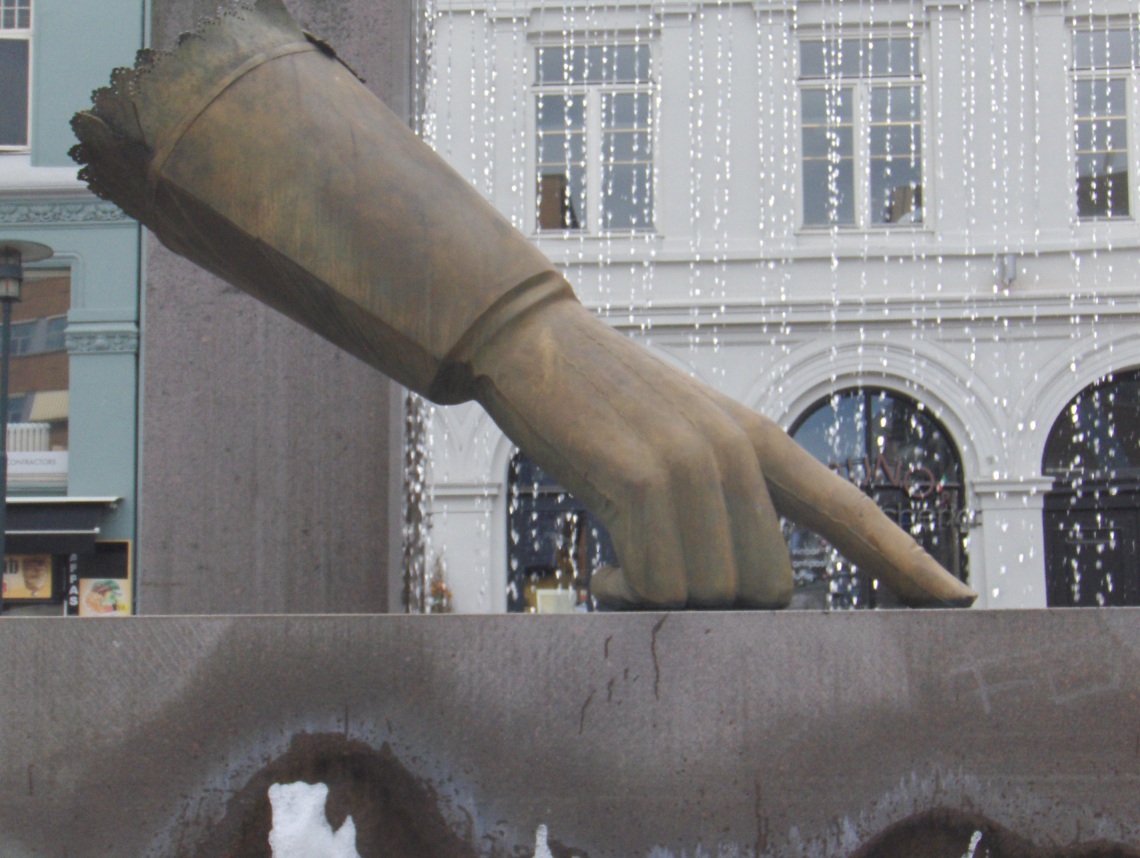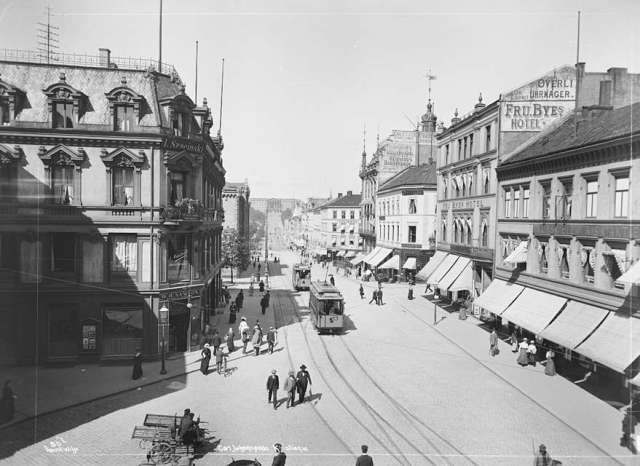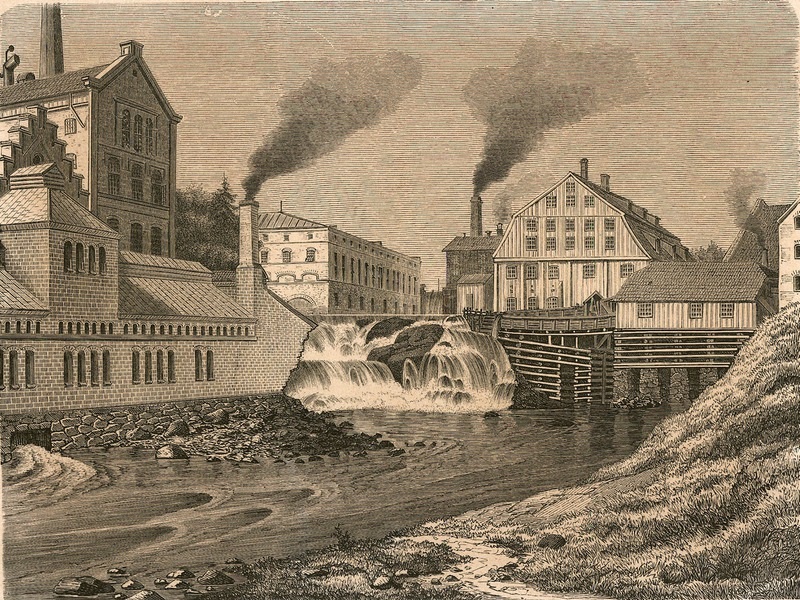Why You Should Absolutely Visit the Viking Ship Museum in Oslo
- 2 Comments
- by Emma

The Viking Ship Museum in Oslo
No trip to Norway is complete without seeing something to do with Vikings. Luckily, it is the Viking Ship Museum in Oslo can provide the Viking fix you need. Focusing on three Viking ships and their burial sites, the museum provides an incredible insight into the life of the Vikings, which is much more unique than many other museums which focus on their trading history. Instead, this museum focuses on what they found important to them, how they respected the dead, and how they viewed the after-life. Probably the most popular museum in the country, it’s hard to pass up a chance to see real Viking ships in person.
In this article...
About the Museum
The museum focuses around three Viking ships that were uncovered in areas around the Oslofjord from the late 19th to early 20th centuries. The ships, titled Tønsberg, Oseberg and Gokstad (after where they were found), are the best-preserved Viking ships in the world.
Besides the ships, there’s also an excellent exhibition with the items that were found in the Viking ships. They are placed together to provide an incredible insight into how people were buried and what each item meant in the afterlife. There are also two graves – a man and a woman – that were uncovered with the ships.
Important: Renovations at the Viking Ship Museum
From autumn 2021, the Viking Ship Museum will close for five (!) years for a major renovation. Why? The current building and huge increase in traffic is causing the ships to decay at a fast rate. A new building will house the ships and protect them much better. They have a whole website with information about the new museum, but it’s all in Norwegian. Here are some highlights:
- The new museum will be completed in 2025 (I think this will be delayed. 2024 confirmation: Yes, this was delayed!)
- The new building will be climate regulated
- The new museum will be three times as large as the old one
- This will be an extension to the current building
The Three Ships
 The Oseberg Ship
The Oseberg Ship
The Oseberg Ship is 96% original. It was excavated in 1904-1905 in what is considered the world’s largest burial site. Parts of the ship date back to 800 AD, but recent research indicates that the ship may be much older. This ship is the most popular for a reason; it so clearly evokes the power and strength of the Vikings and their seafaring capabilities. Spend some time admiring this beauty. 


The Gokstad Ship
The second of the three ships you will see is the Gokstad Ship. This is the largest of the three ships and was uncovered in 1880. Inside this grave, they found a skeleton of a man in his 40s-50s with a powerful build. Some items were also found here, including small boats, a tent and riding equipment. While looking less like a Viking ship and more like a regular boat, it’s still impressive to see.
Be sure to walk past it to the end of the room, where you’ll see the two skeletons that were uncovered with the ships. The man mentioned above as well as a 25-30 year-old woman. 
The Tune Ship
Opposite the Gokstad ship is the third ship – Tune. This is the least complete of all the ships but was the first excavated in 1867.
Behind the ship is one of the burial tends that was uncovered during the excavations. This is interesting to look at; especially how elaborate these graves were. Here you’ll see the smaller boats that were excavated along with the large ships.
What You Can See in the Museum
Watch the short film
A newer addition to the museum, there is a short film that plays on the ceiling above Tune three times an hour. The film, which has music but no words, provides an overview of the life of a Viking and Viking ship, from the time the ship is built to the time the Viking dies in battle and is buried. It’s an okay film and worth stopping for if you are there when it starts.
Explore the additional exhibition
The last corner of the museum is the exhibition, where various textiles, chests, jewellery pieces, and statues from the burial sites have been put on display. Information boards in Norwegian, English and German provide useful information into what the object is, as well as why it was buried with the individual. This part of the museum is where you’ll spend most of your time. See some images below – the best room in this exhibition is the textile room, but sadly images aren’t allowed there. Also, the glass cabinets make photo-taking a little tricky. But, of course, it’s much better in person 🙂 



Facilities & Practical Information

Shop
I love a good souvenir shop, and this one certainly delivers. Think of it as ‘Viking overload’ if you can put a Viking on it, it’s for sale. There’s even a Donald Duck cartoon about the Oseberg ship. The book selection is the best in the country – most of the books are in English and cover everything (and I mean everything) about the Viking Age. I have bought a book on the Vikings in Norway, Norse Mythology, Snorre Sturluson’s Sagas, and one about a Queen called Emma (it felt fitting). There are t-shirts, posters, Viking helmets, keychains, magnets, figurines, statues, and so on. Prices are typical of Norwegian museums.
Museum Guidebook
If you are looking for a museum guide, the shop sells a book called The Viking Ships in Oslo. It uses some of the information from the signs around the museum, but also builds on the discovery and excavation of the ships, the design and build, the symbolic details, and how the ships are being preserved. It’s more novel than museum guide and not something you will read while in the museum, but it does provide an excellent insight into the ships, Honestly, after reading the book, I just wanted to go back and take another look at the ships – not something everyone will be able to do.
The book costs 69 NOK
Museum Brochure
The museum has a brochure that it shares with the Historical Museum, and it mostly provides an overview of the exhibitions in each museum. The information about the ships is the same as the information boards.
Languages
The museum has information boards in English, German & Norwegian. The brochure is available in more languages.
Notes
Crowds in Summer
The Viking Ship Museum is the most popular in Oslo, and when you go (especially during summer) there will be other people there. Almost every cruise ship offers excursions there, and almost every tour group goes there. It gets crazy packed.
If you want to avoid crowds, either visit out of season (Oct-April) or go in the evenings. Most tour groups & cruise ships do their tours between 8:30am and 12pm or maybe in the afternoon around 1pm-2pm. In summer the museum closes at 6pm.
Tickets & Security
As soon as you enter the building, the ticket office is immediately to your right (there may be long queues blocking the door). You scan your Oslo Pass, or pay for your ticket, at the ticket office.
Afterwards, there is a ticket inspector before you are able to enter the museum. This is not museum staff; rather, it is a security guard.
Bags are not allowed inside the museum. The security guard will be checking this, and you will have to leave your bag outside in a locker if he catches you. Be on the safe side and put your bag inside the locker before queuing to enter the museum.
When you buy your ticket it gives you free admission to the Historical Museum, provided you use it within 48 hours.
Practical Information
Opening Hours
- 1 October – 30 April: 10am – 4pm
- 1 May – 30 September: 9am – 6pm
Prices
- Adult 100 NOK
- Students/Seniors 80 NOK
- Children under 18: Free
- Oslo Pass: Free
- Note – your ticket gives you free admission to the Historic Museum if you visit within 48 hours of the Viking Ship Museum
Getting Here
- Take bus number 30 towards Bygdøy (stop: Vikingskipene)
- Take the Bygdøy ferry (summer months only)

 The Oseberg Ship
The Oseberg Ship





























